Ylang-ylang – Properties, Distillation, and History

With its strong floral, camphorated, spicy, and slightly fruity aroma, ylang-ylang is considered among the most sensual and suave ingredients in natural perfumery. It is a star-shaped deep yellow flower that grows on the tree botanically known as Cananga odorata, which belongs to the Magnolia family.
The term “Ylang-ylang” is derived from the Philippine word “alang ilang” which refers to “the flower of all flowers”. It is a tropical species and endemic to several regions of the Indian Ocean, such as Indonesia, the Philippines, India, and Malaysia, which is why it is also fondly called “the flower of the Indian Ocean”.
With its distinct aromas, the essential oil derived from its flowers has a wide range of properties, and thus, is highly respected in the global fragrance market and widely used in the perfumery, aromatherapy, and beauty products.
Here we’ll dive deeper to know the properties, distillation, and history of ylang-ylang a little bit more. So, let’s get exploring.
Table of contents
Ylang-ylang properties
Ylang-ylang essential oil has been described to have a variety of properties. It is believed to have cooling, calming, uplifting, and moisturizing actions. It can help correct physical, mental, and emotional imbalances by improving relaxation, calmness, self-esteem, and sensuality. It helps reduce unwanted anger and tension.
In aromatherapy, Ylang-ylang is highly valued to harmonize the human mind and soul which encourages a sense of love and peace. For its soothing and moisturizing effects, it is recommended to tone and balance the skin and moisturize the head scalp, and hairs.
Ylang-ylang oil has strong anti-inflammatory, antifungal, and antibacterial properties. These actions help alleviate fungal infections and symptoms of malaria. See here.
Ylang-ylang has long been used for a range of therapeutic purposes. Modern scientific research has also substantiated many traditional benefits.
Ylang-ylang has been found to be helpful in:
- Reducing depression
- Boosting mood
- Lowering high blood pressure
- Alleviating anxiety
- Stimulating sebum production in the skin
- Decreasing heart rate
- Reducing the intensity of asthma attack
- Reducing sexual anxiety and increasing desire
- Treating malaria symptoms
- Alleviating stomach distress
- Improving rheumatism and gout
- Treating pneumonia
- Combating headaches
- Treating infections
- Killing bug larvae
- Repelling insects such as mosquitoes and flies
Distillation of Ylang-ylang
Ylang-ylang blossoms in all seasons round the year but the peak time comes just after the rainy ones. The petals of the flowers transform from light green to deep yellow and bear a crimson mark in the middle which is a sign that the flower is ripe.
Its flowers are highly fragile. They need immediate distillation after picking close to the plantations. Essential oils are extracted through steam distillation of the flowers. To start the distillation just soon after picking, the stills remain ready, heated, smoking, and waiting for the fresh petals of the flowers.
A special fragmented distillation process is followed which is very slow and lasts almost 24 hours. Ylang-ylang flowers are incredibly rich in extraordinary aromatic oils that exceed all other flowers. Only 50 kg of flowers is enough to obtain 1 kilo of oil, while almost 4000 kg of rose petals are required to produce 1 kilo of rose oil.
The distillation process is fragmented into four consecutive grades and each grade produces distinct quality oil which has a specific use. These grades are called Extra, First, Second, and Third.
The Extra and First grades hold the highest density which diminishes in the next Second and Third grades. The Extra and First grades are often reserved for use in the production of luxury natural perfumes and the Second and Third grades are generally used to produce home and beauty care fragrances. A mixture of all grades called the “complete” essential oil is mainly used in aromatherapy.
The quality of the essential oils collected in the distillation process depends on the control of all fractionated parameters. The aromatic profile of the essential oil differs as per its origin. For instance, Madagascar Ylang-ylang is sunny and airy, whereas Comoro is heady, floral, and slightly smoky.
History of Ylang-ylang
Ylang-ylang is a tropical flowering plant that originated from the Maluku Islands of the east Indonesian archipelago and traveled a long pathway across the Indian Ocean.
The history of Ylang-ylang indicates that in 1860, Albertus Schwenger, a German sailor, was impressed by the deep and fascinating smells of its flowers and set up the first distillation unit to derive its essence in Manila.
During the period from 1860 to 1950, the Philippines enjoyed a golden age of oil production for around 50 years. It was then marketed and sold as the reference in European fragrances with the name “Ylang-ylang oil par excellence”. Even today, huge plants still grow there, but their flowers’ distillation has been postponed.
In the 19th century, the spice hunters had moved the first Ylang-ylang saplings from the Maluku Islands to Reunion Island. But the production of the essential oil was first initiated at the beginning of the 20th century.
It has finally reached the Comoro Islands and Madagascar since the warmth and humid atmosphere of these regions are ideal for its cultivation.
Final words
Ylang-ylang is fondly called the “perfume of all perfumes” for its strong, heady, floral, and spicy fragrance that often acts as reminiscent of jasmine, narcissus, or carnation. It fills the air with its mesmerizing scents that can easily be perceived by anyone crossing the plant, especially at sunset, making it one of the most sensual and suave ingredients to produce natural perfumes.
Besides, Ylang-ylang shows diverse therapeutic and healing properties. It is widely used in aromatherapy and natural medicine to combat a wide range of physical and emotional issues including anxiety, depression, tension, cramps, premenstrual syndrome, and various psychosomatic conditions such as tachycardia, insomnia, high blood pressure, and palpitations.
Here you can see our perfumes containing Ylang-ylang.

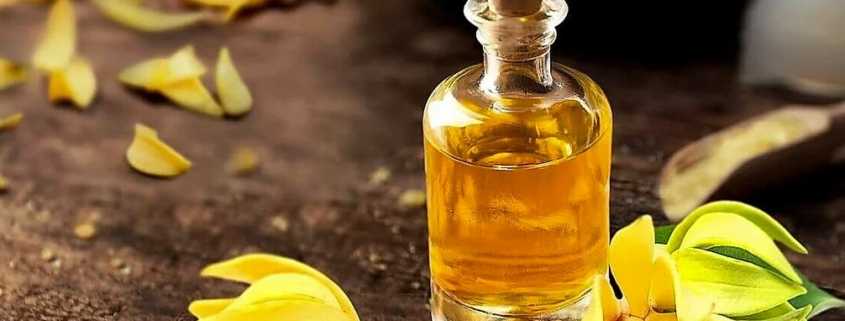

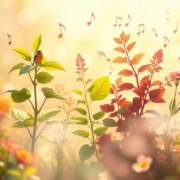
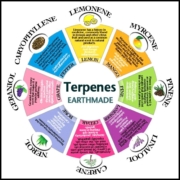
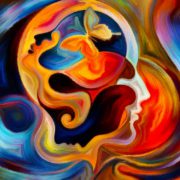
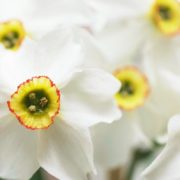

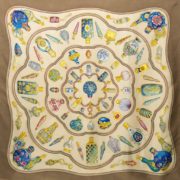














Leave a Reply
Want to join the discussion?Feel free to contribute!